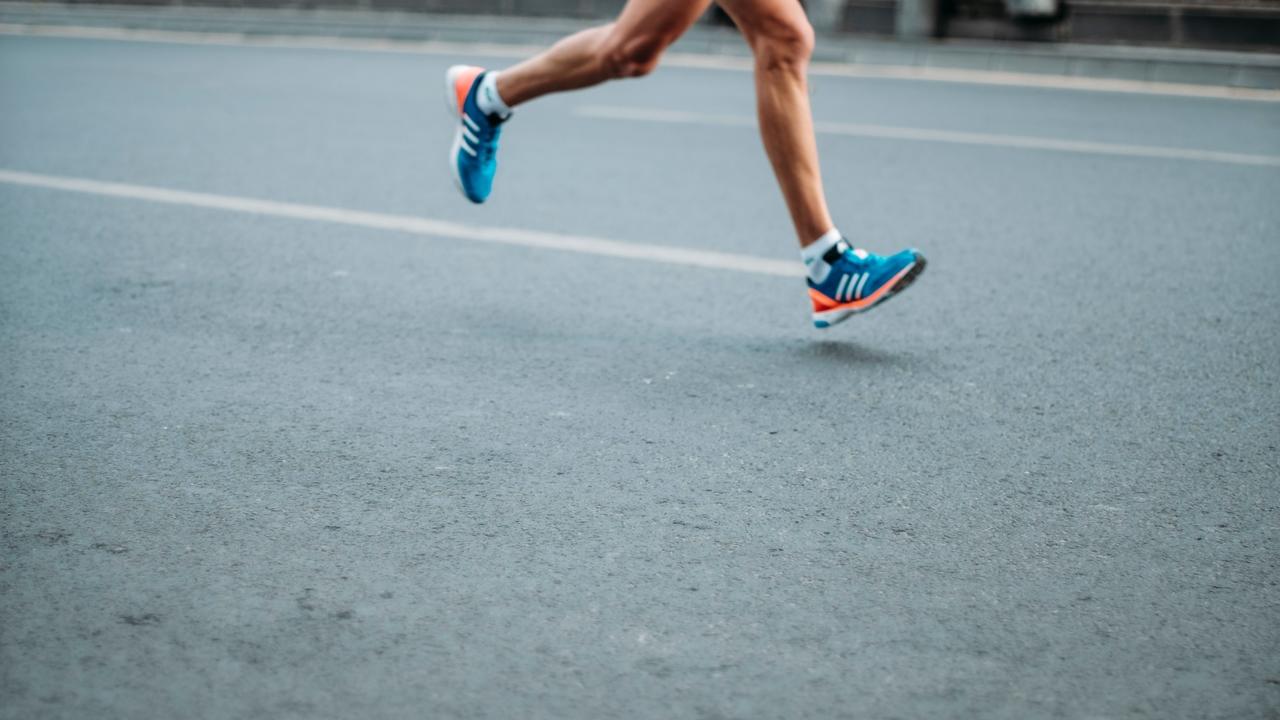The Solution to Runners with Lateral Hip Pain

Lateral hip pain in runners, as well as the general population, is a common occurrence. Most commonly it is thought of as greater trochanteric bursitis, but a more appropriate name would be greater trochanteric pain syndrome. Literature has shown, the bursa is most often not the irritated structure.1,2 More commonly, it is found that a tendinopathy exists of the lateral gluteal tendons. Much like achilles and patella tendons, the tendon isn't able to tolerate the load and overtime experiences changes in it's ability to transmit force, eventually changing it's collagen makeup.
The hallmark sign of this syndrome is tenderness along the greater trochanter, where the tendons insert. We've wrote about similar conditions previously and you can find these here:
There are 3 key components of rehab for a gluteal tendinopathy:
1. Avoid prolonged positions in which the tendon is being compressed
2. Progressively load the lateral glutes
3. Resolve the aggravating factor
The first 2 are addressed fantastically in work published by Allison Grimaldi in JOSPT.3
For a runner, the most typical aggravating factor is either contralateral pelvic drop or an adducted hip in the stance phase. This is typically seen with either weaving mechanics or collapsing mechanics. Identifying and fixing this removes the aggravating factor and should allow the runner to return to pain-free running.
Many times, clinicians address the first 2 factors, putting together a great progressive loading program. The patient feels better, but as the runner's mileage begins to increase, pain often returns. The problem here is that the running impairment that resulted in the altered stress patterns was not resolved.
Here is a picture of a collapser with contralateral pelvic drop on the left. The weaver with an excessively narrow foot strike is on the right.


If you're seeing this in your runners with lateral hip pain, you need to address this for long-term resolution. If you're not sure how to get results changing running mechanics, that's our specialty and what it means to be a Certified Running Gait Analyst. Identifying poor stress patterns and knowing what to do to fix them is integral to having success with your runners. We hope to help you at a Level 1 course soon!
During our Certified Running Gait Analyst Courses, we break down running gait and classify runners into common running gait impairment categories. Understanding and correcting these impairments can help your runners/athletes stay healthy and avoid excessive forces.
We also offer a guide on the Top 5 Things That All Running Professionals should know.
Blog Post Written by: Ari Kaplan, PT, DPT, SCS, CSCS, COMT, Cert MDT
LinkedIn: Ari Kaplan
Instagram: CertifiedRunningGaitAnalyst
References:
-
Long SS, Surrey DE, NazarianLN. Sonography of greater trochanteric pain syndrome and the rarity of primary bursitis. AJR Am J Roentgenol. 2013;201:1083-1086
-
BoardTN, Hughes SJ, Freemont AJ. Trochanteric bursitis: the last great misnomer. Hip Int. 2014;24(6):610-615.
- Grimaldi A, Fearon A. Gluteal Tendinopathy: Integrating Pathomechanics and Cliinical Features in Its Management. J Orthop Sports Phys Ther. 2015;45(11):910-922.



